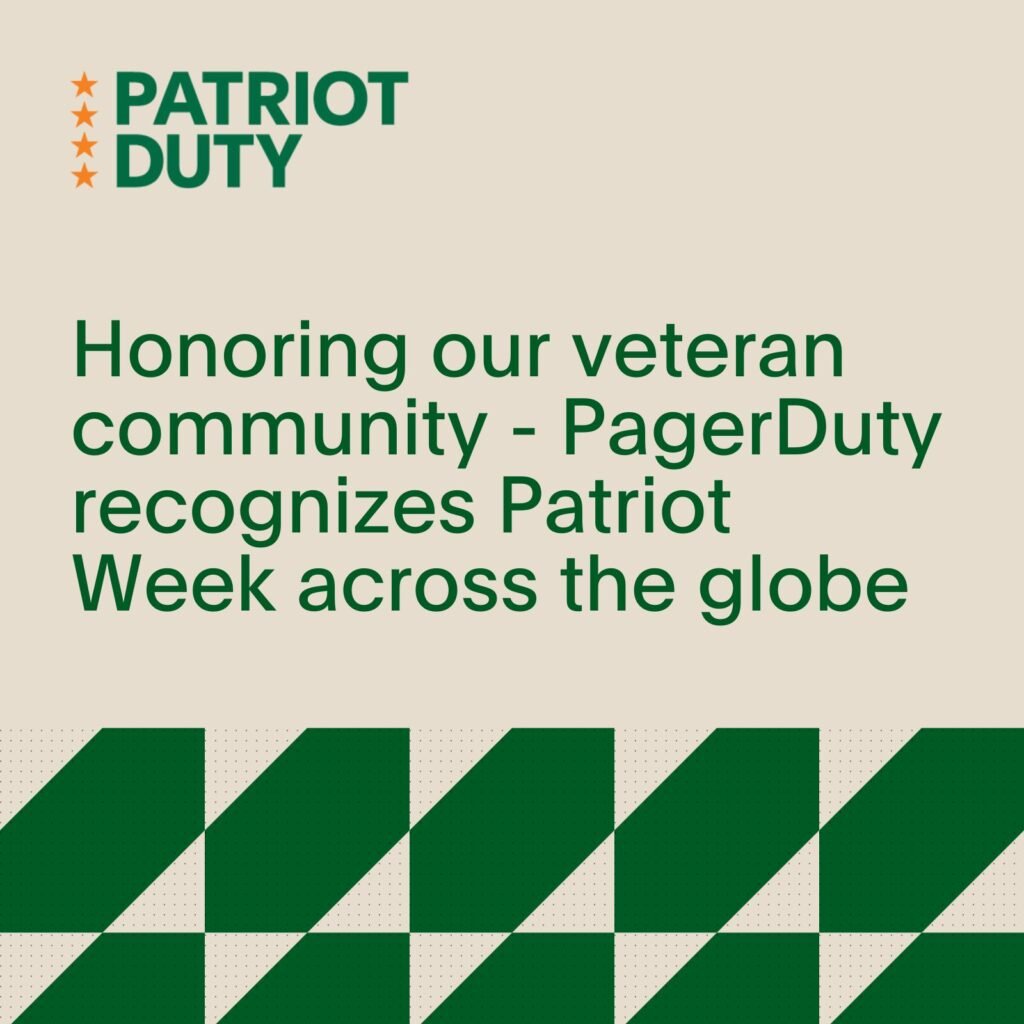Meet the PagerDuty Product Design Team
How do you design a product that customers love to hate?
“Hey, that thing you’re responsible for is down. Oh, and people have noticed and they’re complaining about you on Twitter. OK BYEEE!”
Our customers love PagerDuty (they legit tell us this). At the same time, they hate hearing from us because it means trouble. We have a widely accomplished, talented, and massively passionate team of designers and researchers working to improve how we help our customers prepare for and prevent major incidents.
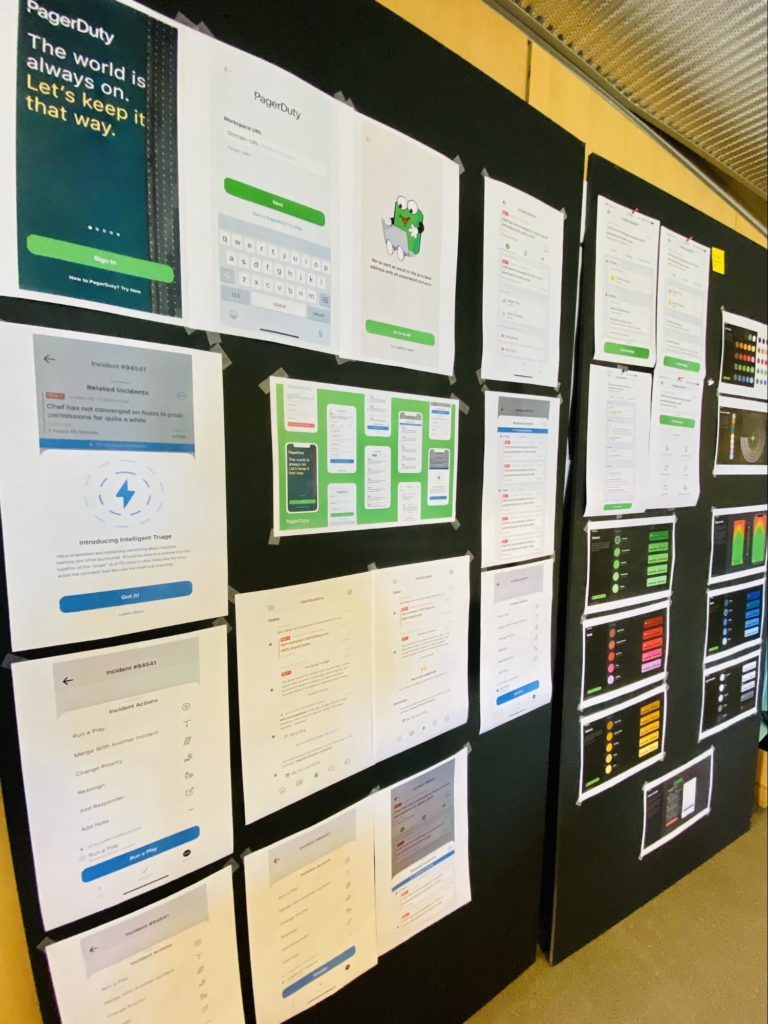
Our mobile designers take over a wall to socialize work in progress and solicit feedback from anyone and everyone.
#BringYourSelfToWork
As the User Experience (UX) Design team, we understand the effects that cortisol and adrenaline have on people’s brains, and it’s especially true when responding to a major incident. The human brain isn’t wired to read and rapidly process data logs at 3 a.m. after being suddenly woken up by alarms going off.
That being said, there are highly trained professionals in various high-stakes fields who have mastered this skill and watching them switch into action is a sight to be seen.
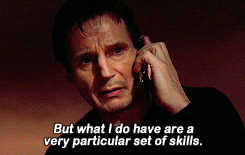
Consequently, our designer brains are not wired to be creative when flooded with cortisol. Neurons don’t form new connections as freely, and we feel like we don’t have the time to go for walks or carve out time to noodle and give way to our eureka moments.
The current COVID-19 pandemic can be a massive trigger and source of alarm, anxiety, grief, and stress for everyone. We are taking great strides to create a sense of balance and well-being so our team feels safe to bring themselves to work, be silly, explore, ask half-thought-out questions, pull on threads, and fail. This psychological safety is the secret sauce to building trust and fostering creativity—especially during a global pandemic. An example of this is our daily team check-ins to see each other’s faces paired with a daily Zoom background challenge to keep things light.
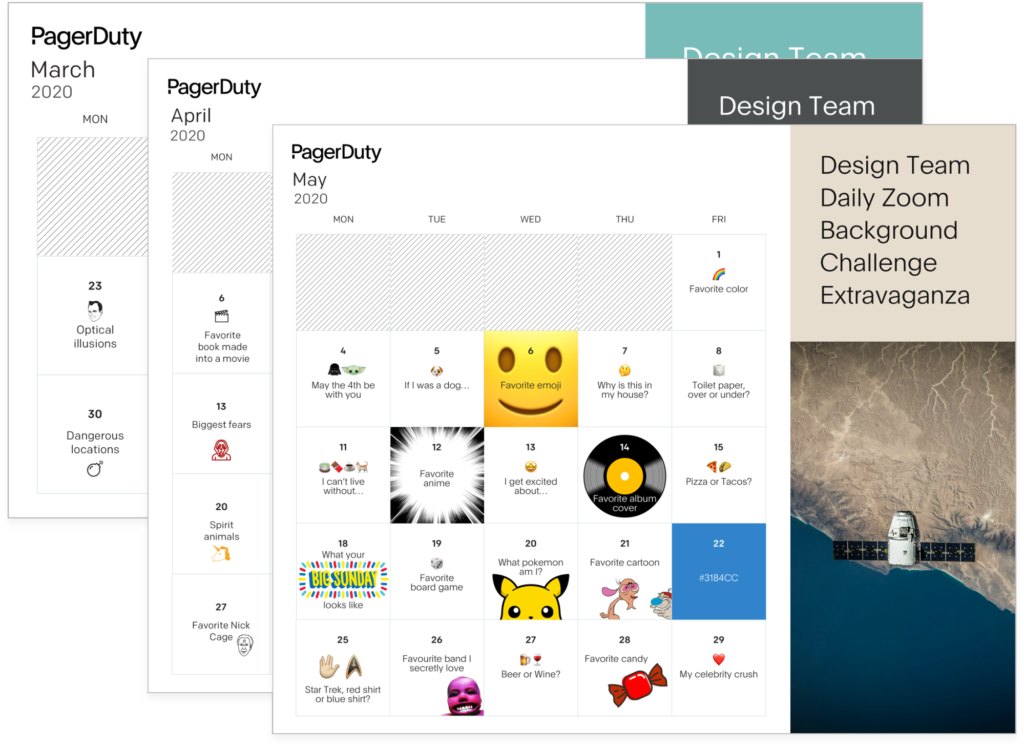
Designers take turns putting together the daily Zoom background challenge.
We encourage more 1:1 meetings to strengthen inter-team connections. And as a management team, we put in more effort to support fine-tuning each individual’s work-life balance. We’ve also converted our weekly design forum meeting into game time. So far, our favorite game is Gartic.io, an online version of Pictionary that does not disappoint.
How Do We Design for Stressful Situations?
Our UX team’s vision encapsulates this constant pressure to navigate interrupted and unplanned work by arming our users with the right signals at the right time.
Our Vision
We design best-in-class user
experiences that humanize chaos
and elegantly solve the problems
that keep you up at night.
We are challenged with designing for a wide spectrum of customer needs and pain points, where their needs and stress levels change throughout their journey or task at hand.
We need to design a holistic user experience—one that balances the needs of the individual customer starting a 14-day trial to help take their small business online and the enterprise professional who’s responsible for thousands of services and hundreds of teams.
We need to consider the CentralOps team investigating a potential impacting incident and the DevOps engineer dealing with hot fixes for the hot fixes, as well as the business stakeholder urgently waiting for an update.
We must build empathy, context, and understanding for all of our customers through their entire incident management process, from preventative measures to continuous learning. The sudden roller coaster slide from peacetime to wartime doesn’t wait for business hours. Designing for a major incident at 3 p.m. when everyone is at their desk can be very different from the same major incident occurring at 3 a.m. when everyone is sleeping.
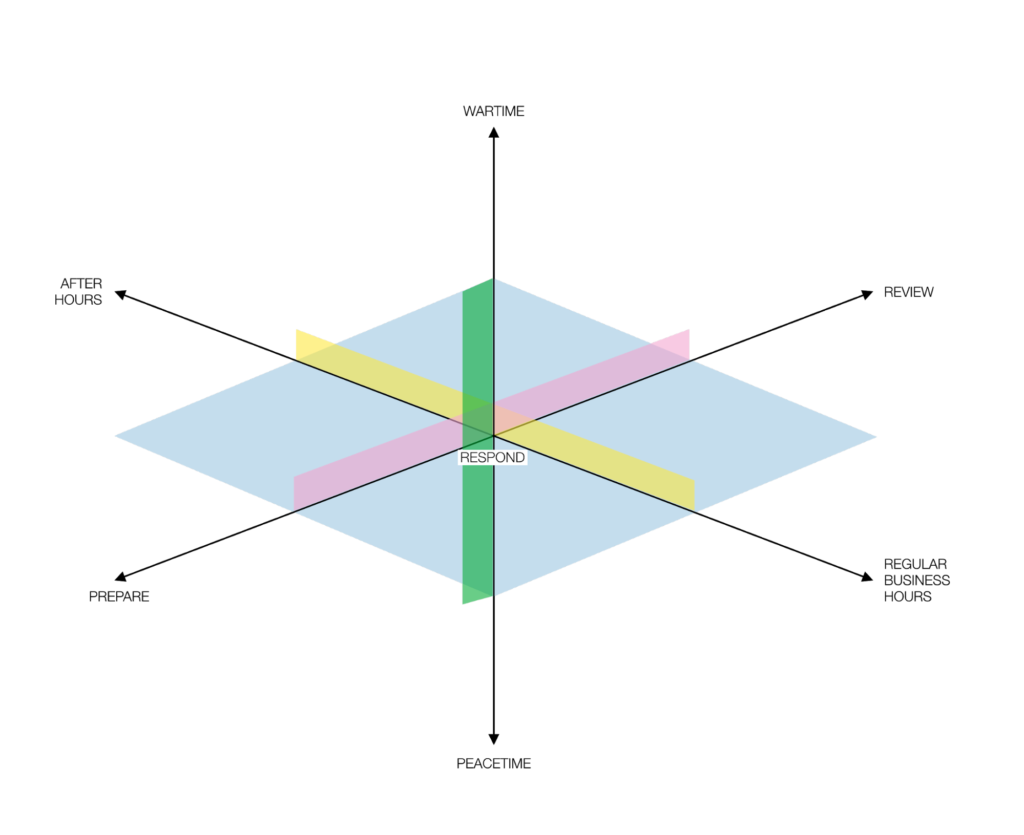
This quadrant identifies the depth and dimensions of our user’s emotional, mental, and contextual state as it can change across peacetime and wartime, the incident response lifecycle, and time of day.
Our customers trust us to wake them, inform them, and then get out of the way. We don’t design a product to keep them there for longer than they need to be there. In fact, we’re constantly working on developing better integrations and APIs to help our customers take action wherever and whenever they are.
Meet the Design Team
Our Design team is currently based out of San Francisco and Toronto. Since we started working from home in early March, we’ve all felt closer because we’re all now equally distributed. Previously, we had the constant reality of collaborating across split offices where one group is in the room and the other is on the TV. Now we’re all on the same screen.

The PagerDuty Design team
We thought the best way to get to know our design team was through data, so Candace, our Director of Product Design, presented some very silly and potentially divisive design questions to the team, including the following:
Pencil or pen?
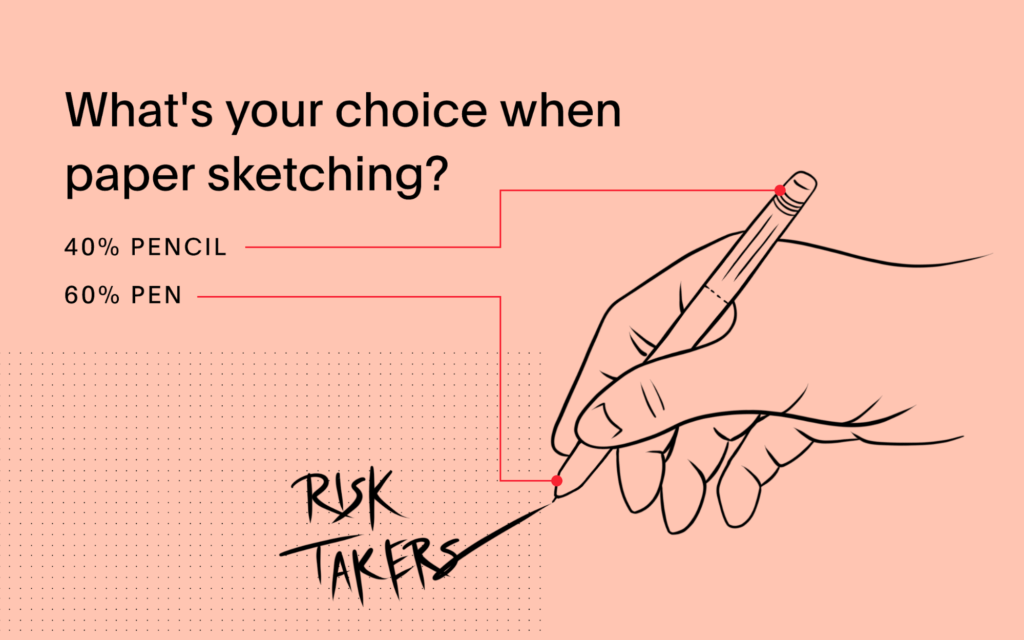
Is Helvetica the greatest font ever made?
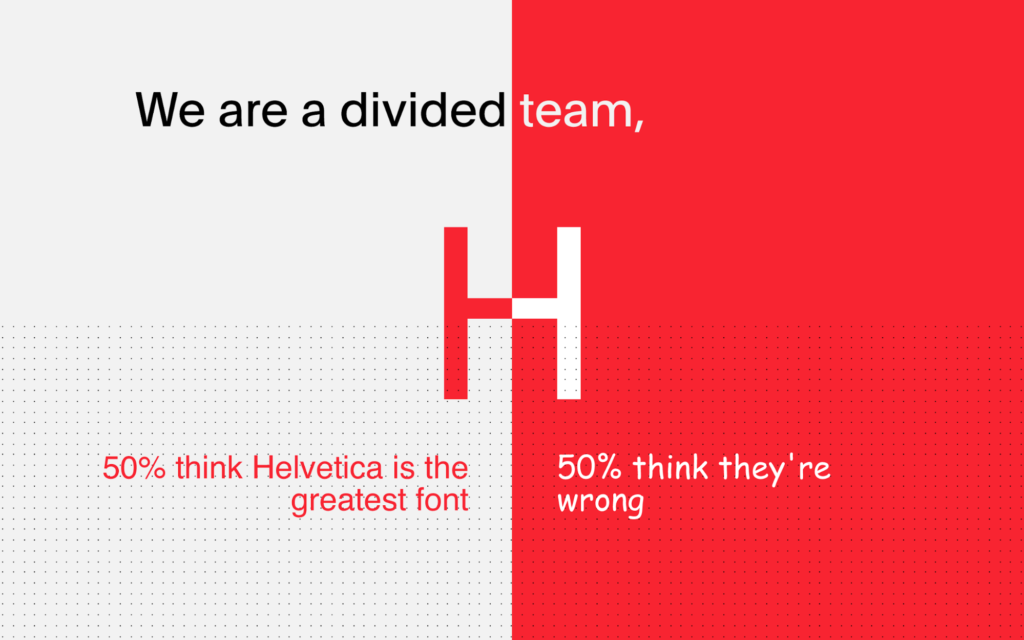
Wizard or ninja?
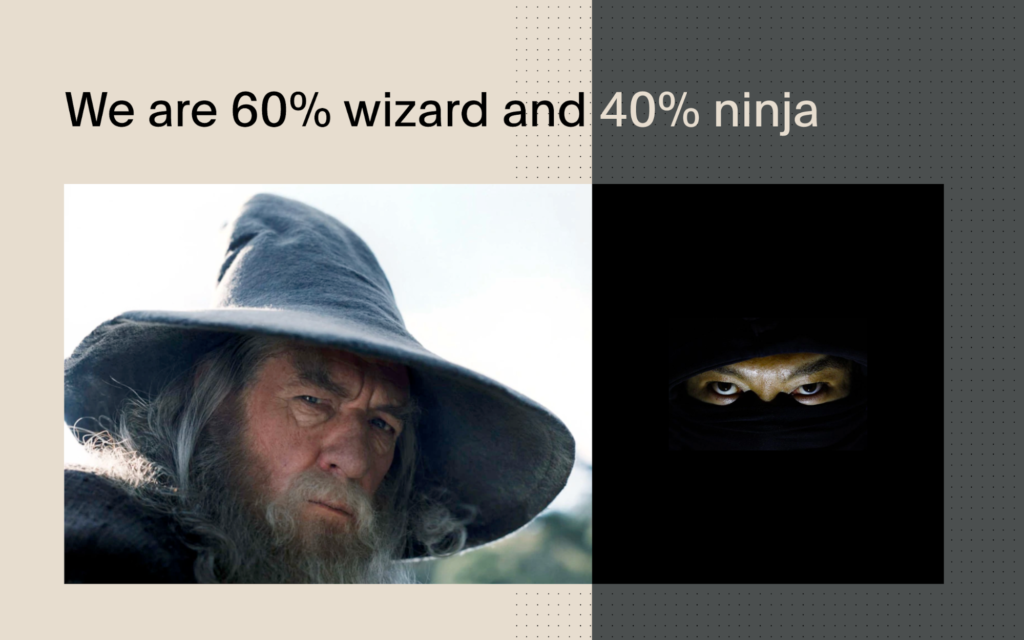
Pick your superpower…
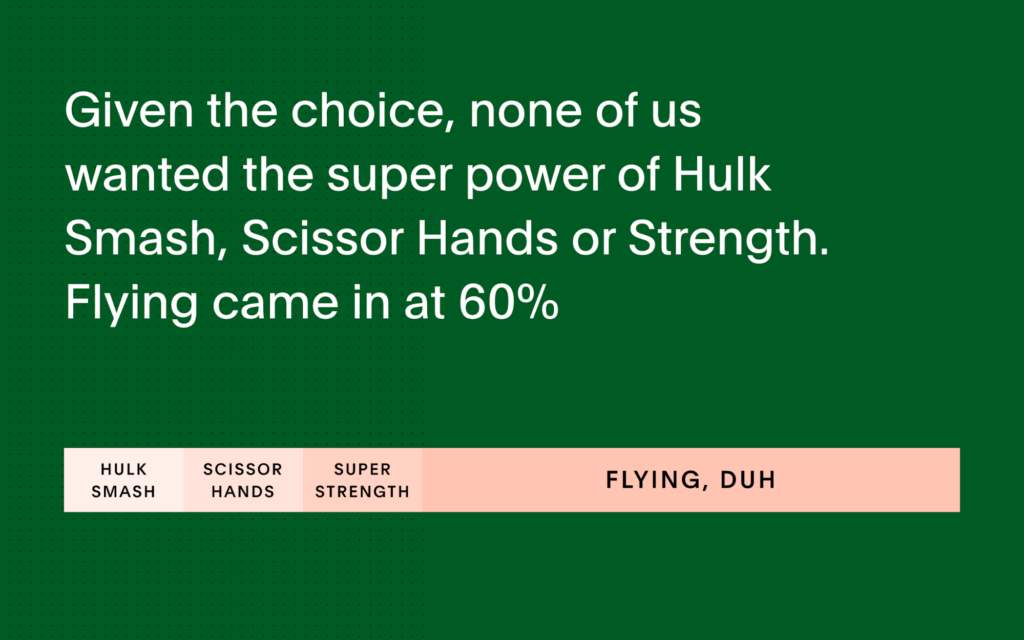
What’s your design tool of choice: mouse or trackpad?
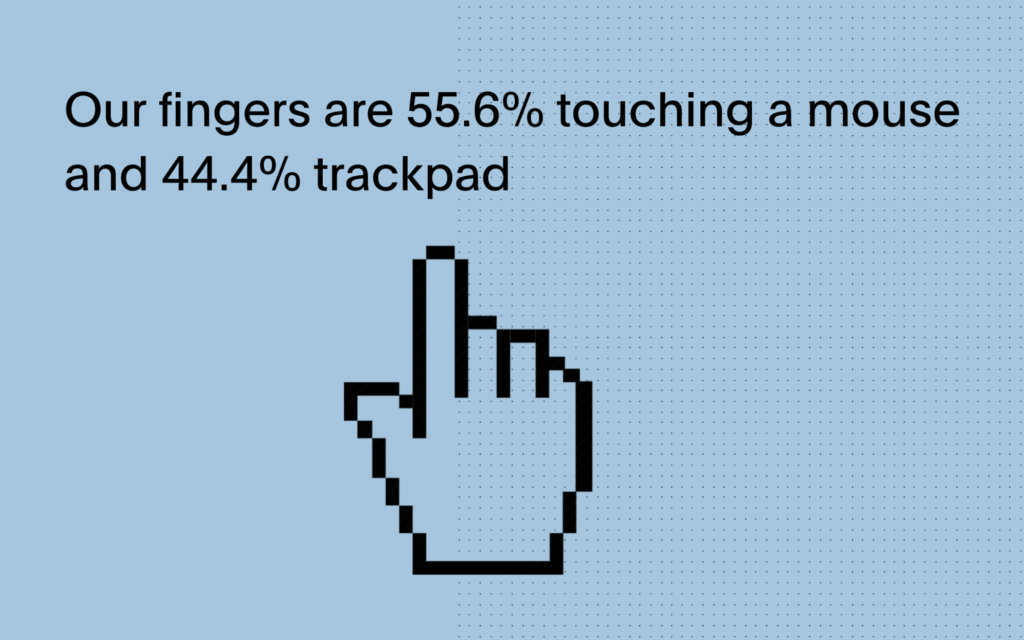
The designers who inspire us the most are:
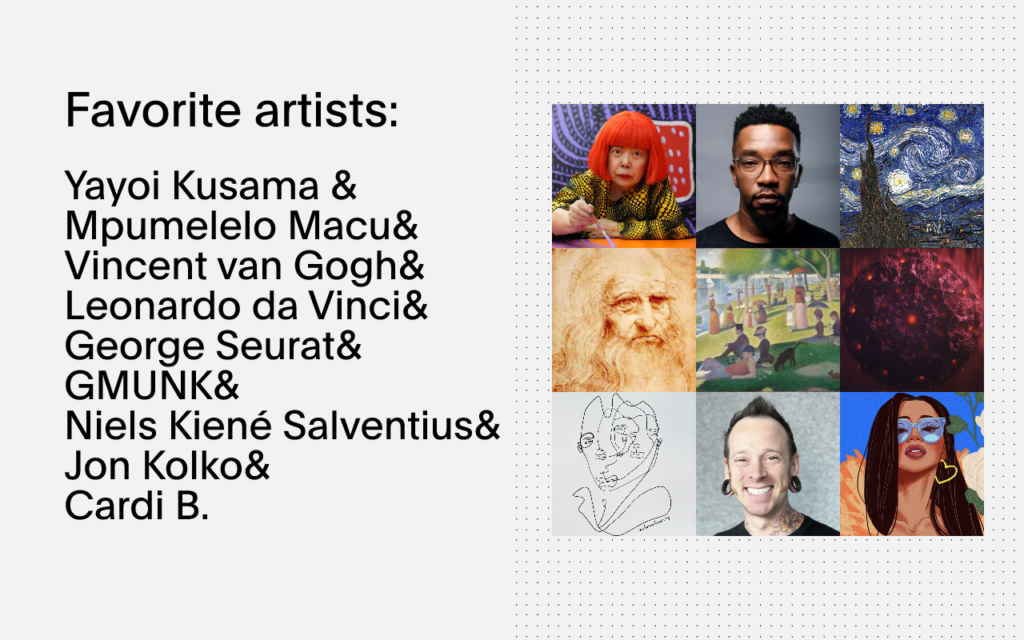
More to Come
We have an ambitious product backlog, a sharp vision, and the best customers in the world. Watch this space for more content about how we work.
Wash your hands, stay inside, and be safe, my friends.


